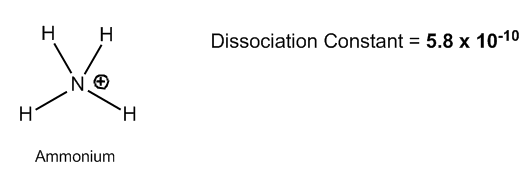In organic chemistry, understanding the relationship between the equilibrium constant and pKa is crucial for analyzing the behavior of molecules, particularly their ability to donate or accept protons. While pH is a measure of the concentration of hydronium ions in a solution, indicating how acidic or basic that solution is, it does not provide insight into the intrinsic properties of the molecules themselves.
Instead, organic chemistry focuses on the likelihood of a molecule to donate a proton, which is quantified using pKa. The pKa is derived from the negative logarithm of the acid dissociation constant (Ka), which reflects how readily a bond breaks to release a proton. This relationship can be expressed mathematically as:
\[ \text{pKa} = -\log(K_a) \]
Here, a lower pKa value indicates a stronger acid, meaning the molecule is more likely to donate a proton. This shift in focus from pH to pKa allows chemists to better understand the reactivity of organic compounds, as it emphasizes the properties of the molecules rather than the overall solution environment.
In summary, while pH provides information about the acidity of a solution, pKa offers a more relevant measure for organic chemistry, highlighting the tendencies of individual molecules to engage in proton transfer reactions.








